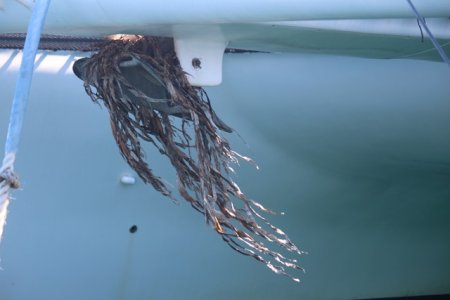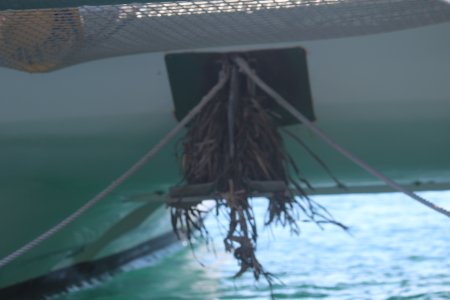Irish Rover
Well-known member
On my new to me Leopard 43PC, by design, the windlass only works if the port engine is running. OK, I understand the windlass draws a big amount of current from the batteries and it's good practice to only use it when an engine is running but I find it unusual the builder imposes this on us. There will be times you may want to put out or take in a meter or so of chain and it seems overkill to have to start an engine. Am I missing something?


